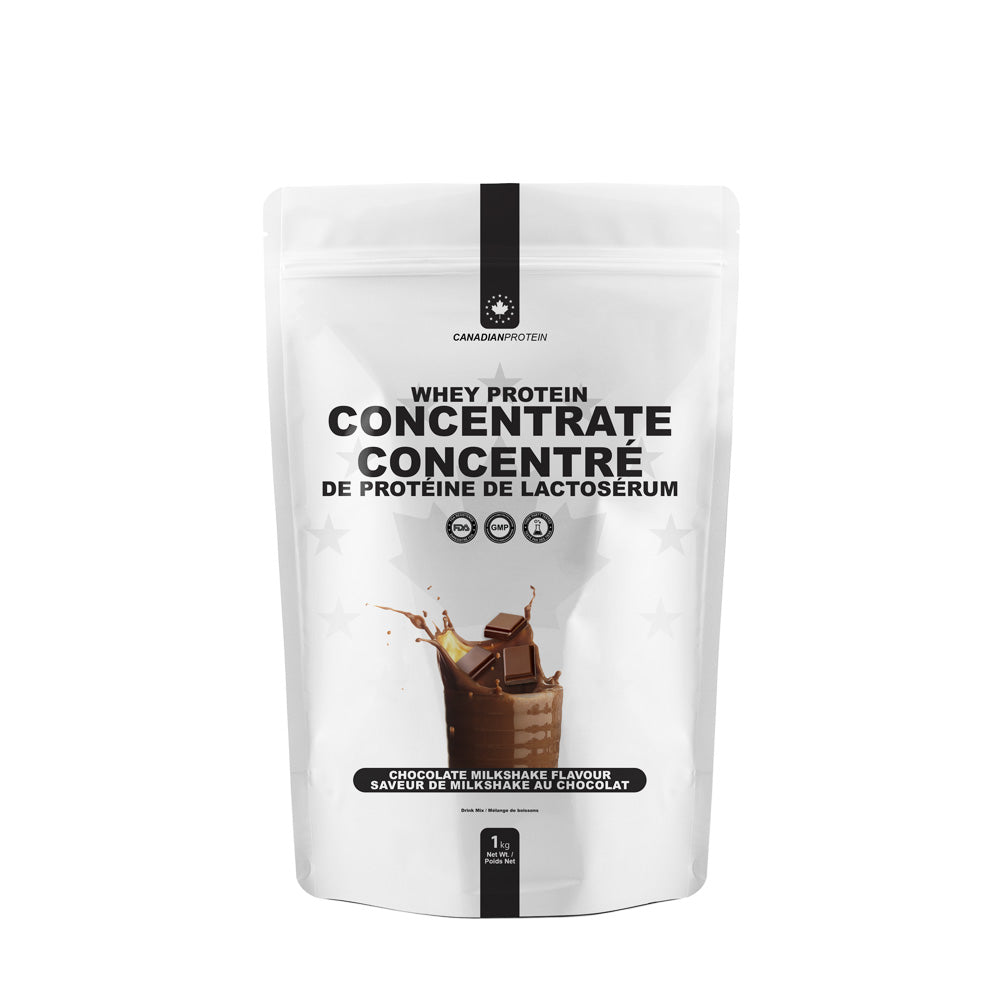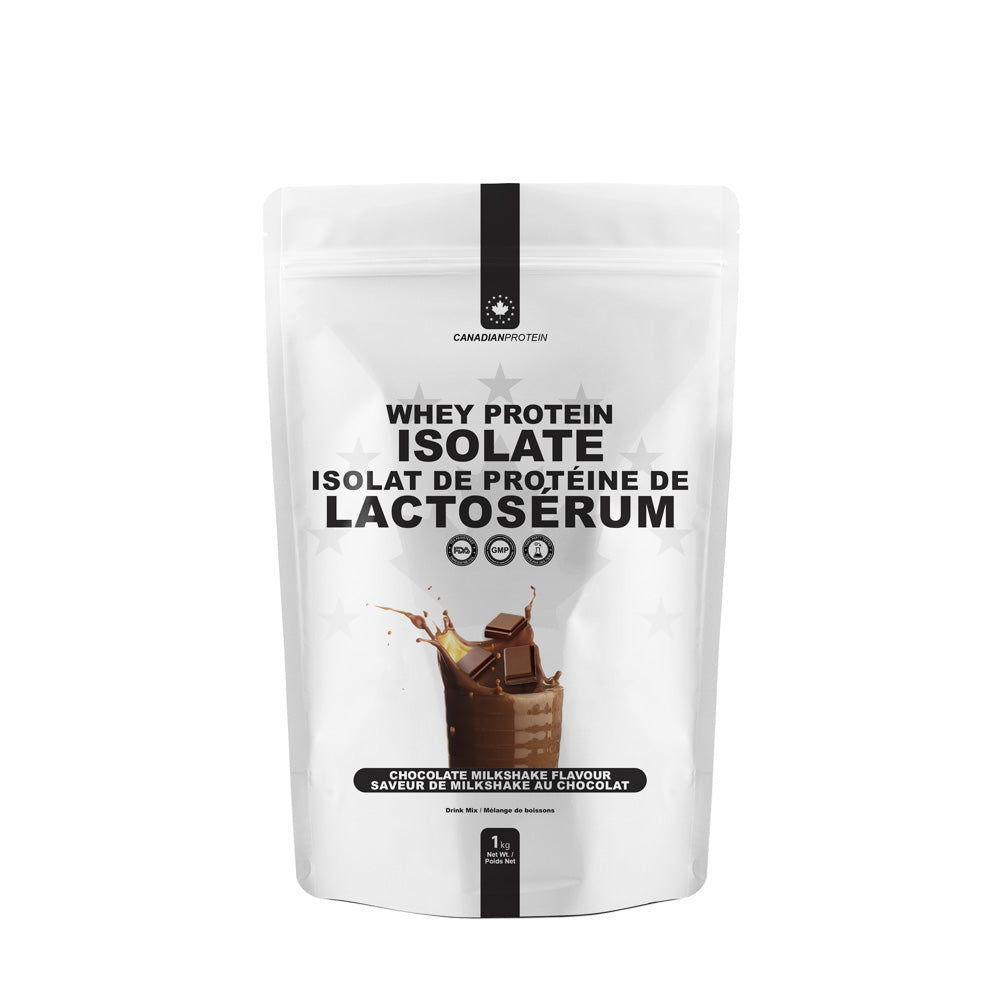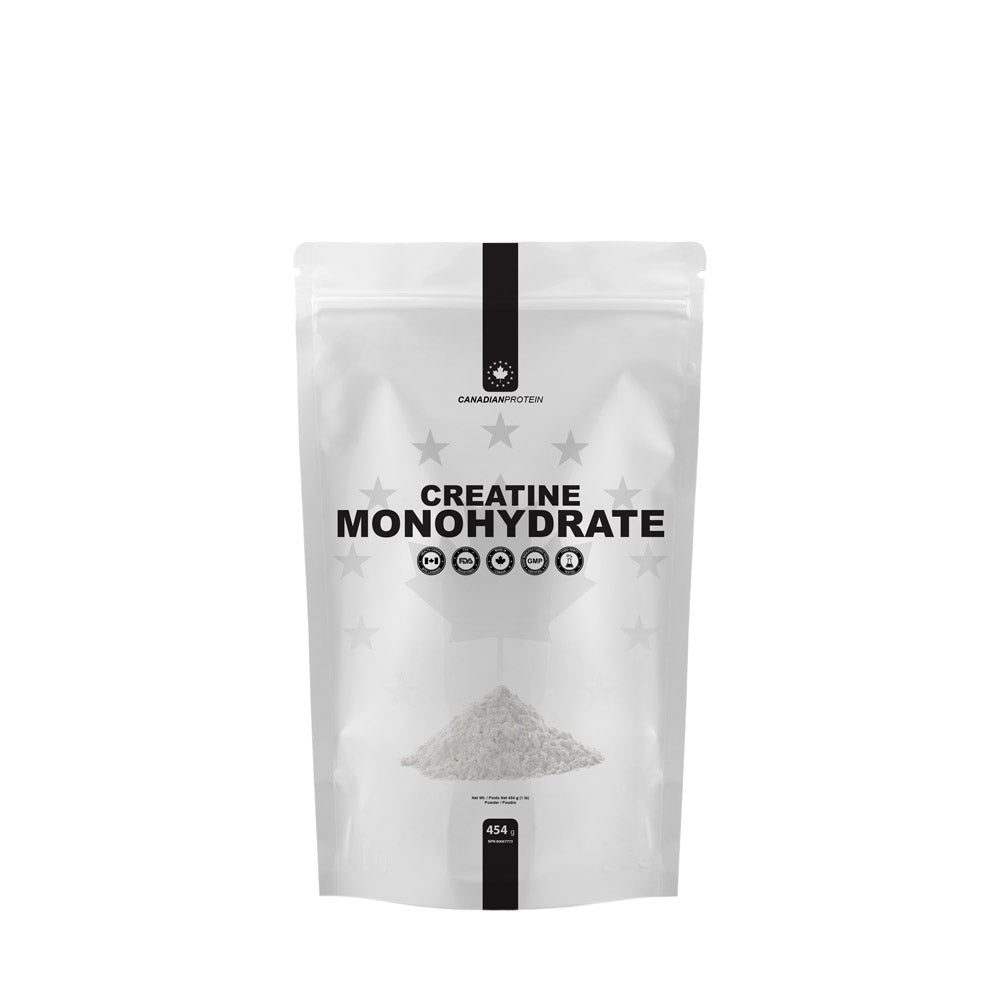We have all heard the stories of proteins being spiked with amino acids in order to bump up the protein content of a lower quality protein products, right? I’ll assume that some of you don’t know why this would happen and try to explain it so you can understand what the logic is behind it, why it’s attractive for companies to do it, and how you can do a simple test at home to tell if your protein powder is spiked with amino acids.
One of the most common quantitative tests for protein content is the Total Kjeldahl nitrogen. The issue with this test is that it does not, however, give a measure of true protein content, as it measures non-protein nitrogen in addition to the nitrogen in proteins. This means that if you add amino acids to a protein powder, these amino acids will also test as nitrogen thus artificially increasing the true protein content of a product. Another important point to address is that you typically see amino acids such as taurine, creatine, glycine, etc. or even lower grade glutamine, leucine, etc. being used as the source of the amino acid spiking because on a pound for pound basis these products are actually cheaper than protein and have a higher nitrogen content (around 100%) so companies kill two birds with one stone; it drives their cost down and increases protein content at the same time.
Is it possible to tell if my protein powder is spiked with amino acids?

The answer is, probably and I’m going to preface the way to tell by this question we get a lot, “why are your protein scoops bigger than the scoops in my old protein?”. This has to do with bulk density and the bulk density of amino acids is typically quite a bit higher than whey protein. This means that if a protein powder is spiked with amino acids the scoop size or serving size for 30 grams will require a lower volume to reach that weight. For example, the smallest scoop size for our whey protein is an 80cc scoop and I have never really seen a pure whey protein require anything much smaller for the most part. In fact, the only protein powders that I have seen require a smaller scoop size are the vegan proteins and this is because they naturally have a higher bulk density than whey powder. Again, this isn’t to say there isn’t a whey protein powder out there with a bulk density that would require a 70cc scoop per 30 grams or that your protein powder is spiked, but we have seen, tested, and tried just about all protein manufacturers and haven’t seen it.
Another quick way to tell is to shine your phone light or another bright light into the powder and if you see little crystals sparkling back then there most likely is something along the lines of a large mesh amino acid like taurine, glycine, or I have even seen table sugar being used that produces this same effect. Now this may not always be the best test, but if your product is a low in volume and shines like this, you may want to ask some questions.
So, if you’re wondering why our protein scoops are larger than what you are used to our only explanation is, I’m not sure what to say about other brands, but what I do know is our product is accurate and we do not amino acid spike our whey protein powder.













